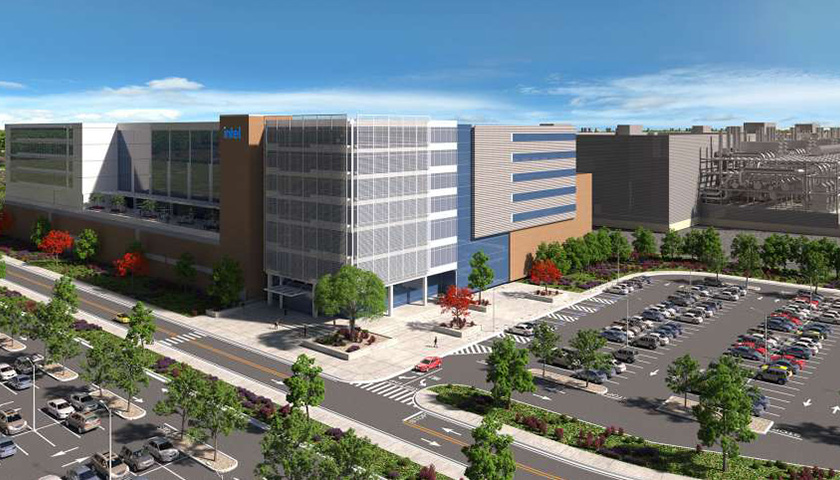by J.D. Davidson
Intel’s first required progress report shows a $1.5 billion expenditure and another $3 billion committed to what Ohio officials call the largest single private-sector investment in state history.
The report, submitted to the Ohio Department of Development, is part of $2 billion in incentives for the two planned microchip manufacturing facilities in Licking County, including taxpayer-funded grants and tax incentives.
“The state’s agreement with Intel includes the requirement for an annual report outlining its progress and the resulting impact on Ohio’s economy and workforce,” Gov. Mike DeWine said. “Transparency is always important, and we believe the public should be kept well-informed on the statewide impact of this transformative project.”
The report showed Intel had 69 employees from Ohio working at the project site and construction workers from 75 of the state’s 88 counties have been part of the project.
Also, Ohio suppliers have grown from about 150 when the project was announced to more than 350 currently in 47 counties. The top supplies include Bechtel Construction, Gilbane Building Co. and Linde.
Intel is moving ahead with its semiconductor manufacturing facilities, design and engineering plans for its office building, water treatment and reclamation facility and air separation unit.
The company expects both chip facilities to be finished between 2006 and 2007 and operational between 2027 and 2028.
“This investment is growing every day as we work to establish a new manufacturing campus to build leading-edge semiconductor chips right here in Ohio,” Intel’s Ohio Site Manager Vice President Jim Evers wrote in a letter to ODD Director Lydia Mihalik.
The state’s first round of incentives came when Intel announced plans for a new $20 billion computer chip facility in New Albany; incentives and tax breaks amounted to roughly $2 billion, not counting any county or city contributions.
The second round came in July when the General Assembly passed and DeWine signed the annual capital budget, House Bill 687. That legislation included $3.5 billion for capital appropriations, along with $600 million for onshoring incentive grants, $300 million for water reclamation project grants, $110 million for state roads, $101.2 million for local water and sewer projects, and $95 million for local roads.
The incentive packages received criticism from Ohio nonprofit policy research that said the money could be used for schools or seniors rather than large corporations.
Policy Matters Ohio, a Cleveland-based research group, called the Ohio Tax Credit Authority’s approval of the incentives a missed opportunity and challenged the state’s openness and accountability.
– – –
An Ohio native, J.D. Davidson is a veteran journalist with more than 30 years of experience in newspapers in Ohio, Georgia, Alabama and Texas. He has served as a reporter, editor, managing editor and publisher. Davidson is a regional editor for The Center Square.
Photo “Intel Ohio” by Intel.





